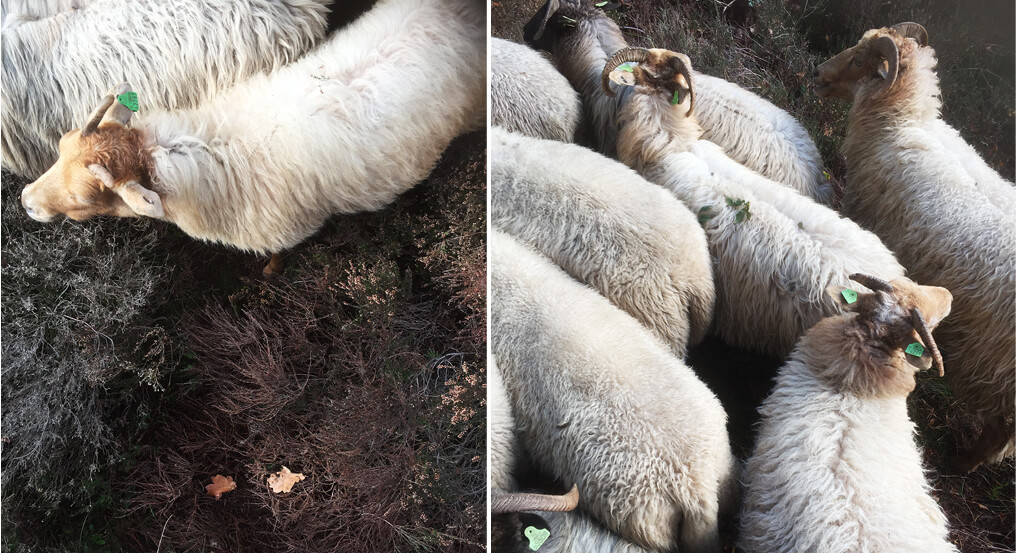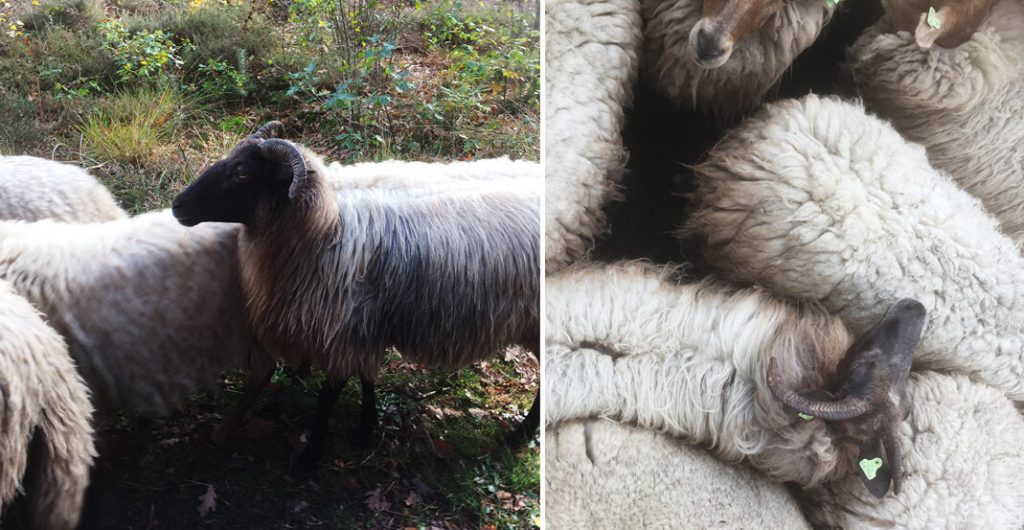Merino wool is a very fine wool fiber which makes the wool soft to the touch, a favorite in the textile sector. Merino wool comes from Australia. The rules are less strict in the field of animal welfare than in the Netherlands and therefore cheaper to keep sheep. The Merino sheep was bred in Australia in such a way that it got a lot of skin folds, the more skin folds the more room for wool to grow; the well-bred Merino sheep can have up to 5 kilos of wool on its body. An average Dutch sheep has 3 kilo of wool on its body. This makes it possible to get cheap wool, and forgot our Dutch wool. Read this article about it.
If you want a sweater made from Dutch wool, a sheep who had a happy life, the sweater must cost around 400 euro. Why is it possible to have a sweater from wool that cheap?
Flies
When a sheep has 5 kilos of wool on its body, it also has many nice places for the flies to lay eggs. Especially around the rear is a favorite for the fly. Due to the large amount of wool of the current Australian Merino sheep, a lot of poop and urine remained around the ass. The flies lays its eggs here, from which maggots develop, and these maggots then eat themselves through the rear or the skin of the sheep, into the sheep. The sheep then has a very painful death and often dies within 24 hours.

Mulesing
For this reason, many Australian farmers apply mulesing to the sheep. Mulesing is the cutting of skin around the back of a sheep. This is often done without anaesthetic. The removed skin is less likely to attract flies because no urine and poop stick to it. And so much scar tissue remains that it is impossible for the maggots to eat their way through it. Mulesing is often done at the same time as tail clipping and castration, which is also done without anesthesia.
Mulesing can be avoided by, for example, using sheep with fewer skin folds, but this results in less income for the farmers, or higher prices for the consumer. Often the former pay the price in the textile sector; cost increases fall on the shoulders of the farmers or makers who are at the beginning of the chain. They are often poorly paid, have no say or dare to stand up for themselves for fear of not earning anything at all.

Dutch local wool
The wool I make my Halona wall hangings from is local and therefore Dutch wool. I know the farmers, shearers and sheep. Mulesing is not used and is even prohibited in the Netherlands. Sometimes it happens here that a Dutch sheep also has maggots, so it is important that the farmer has time to regularly check the sheep. A sheep with maggots shows sick behavior. During a shearing session that I attended we found out that a sheep had maggots, with tweezers I removed all the maggots that were already eating inside. The sheep survived. This is why it is important that a sheep will be sheared, on time.
If you buy wool, pay attention to the word ‘mulesing free’, this means that no mulesing has been applied.
See this PETA article on mulesing.
